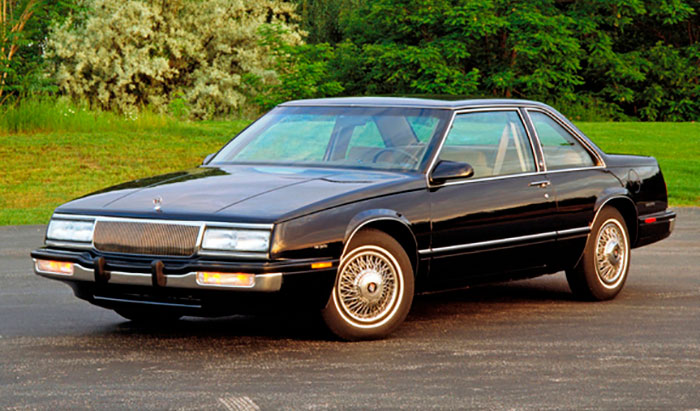Suzu light (1955)
From 1949 to 1955, kei automobile laws changed rather quickly, with varying capacity restrictions for two- and four-stroke engines. They settled in 1955 and remained at 360cc (regardless of engine type) for the following 21 years. The most renowned of the very early kei vehicles debuted at the commencement of the 360cc era. Suzuki's first automobile, the Suzu light, was designed after the company had previously only made motorbikes. The Suzu light was inspired by the somewhat earlier German Lloyd 400 (whose length, breadth, and 386cc engine were too large to qualify as a kei vehicle), and it stayed in production for 14 years, with many alterations.
Subaru 360 (1958)
Subaru, like Suzuki, was motivated by the kei restrictions to create its first automobile. The 360's oddly curved body housed a rear-mounted two-stroke engine. Several thousand copies were sent to the United States, where Consumer Reports classified them Not Acceptable. In an April 1969 feature, the magazine criticized its performance, handling, braking, safety, and windshield demisting, concluding, "It was a pleasure to squirm out of the Subaru, slam the door, and walk away." The 360 was popular enough in Japan, where traffic conditions were substantially different and compact automobiles made more sense, that Subaru continued to produce it from 1958 until 1971.
Mazda R360 (1960)

Mazda's first motorized vehicle was the little Mazda-Go three-wheeled truck, which debuted in 1931. Its first automobile was the R360, which satisfied the kei rules as they existed in 1960. This four-seat coupé was powered by a 356cc V-twin engine that also powered a pick-up truck and the bigger P360 Carol saloon from 1962. The R360 was retired in 1966. The more practical P360 Carol stayed in production for another four years.
Honda S360 (1962)
If you claimed the S360 was one of the most gorgeous kei vehicles ever produced, we wouldn't argue. Unusually for a car of its class, it possessed a twin-cam four-cylinder engine that generated a maximum power output of 33bhp at 9000rpm.Unfortunately, it never went into production, despite being well regarded when it debuted at the Suzuka racetrack in June 1962 and was displayed at the Japan National Auto Show four months later. Honda believed that the sports car market in Japan was too tiny, and that a vehicle with a 356cc engine would not be popular elsewhere. Instead, Honda redesigned the S360 into the S500, which necessitated a bigger body. The length was extended at the same time.
Mitsubishi Minica (1962)
The Minica was built for eight generations until 2011. The original model, released in 1962, was simply a passenger vehicle version of the Mitsubishi 360 truck and pick-up that had been debuted the year before. In each case, the engine was a 359cc air-cooled two-stroke twin that generated only 17bhp in its original configuration. The later Hope Star ON360, which served as the foundation for the original Suzuki Jimny, had a more powerful engine from the same family.
Honda N360 (1967)

Following the S360's false start, Honda's first kei vehicle was the N360 in 1967. It was available in both two-door saloon and three-door wagon configurations, with a 354cc air-cooled four-stroke engine. Production ceased in 1972. The N400 and N600 were nearly identical to the N360 and would have qualified as kei vehicles based only on their outward measurements. However, their engines measured 401cc and 598cc, respectively. While both of these capacities would readily fit inside kei vehicle restrictions in following years, they were significantly larger than the 360cc maximum that was in effect at the time of sale.
Read Also: Classic Cars Featuring Central Headlights
Daihatsu Fellow Max (1970)
Daihatsu replaced the first-generation Fellow with a front-wheel-drive model called the Fellow Max. The original Fellow's engine was preserved, but its power output was increased by around 40% to 33bhp. The high-performance SS variant was equipped with a twin-carburetor version that produced a powerful 40 horsepower at 7200 rpm. Both engines were detuned in 1972 to comply with new pollution requirements that will take effect the following year. Power was reduced to 31bhp and 37bhp, with the latter still producing more than 100bhp per litre. Daihatsu replaced them with a 547cc twin engine when it became legal in 1976. In subsequent years, the Fellow Max was known as the Max Cuore, or just the Cuore. As we’ll see, this led to some confusion when the model was replaced.
Suzuki Jimny (1970)
As previously stated, the first Jimny was a derivative of the Hope Star on 360 off-roader. Suzuki replaced the engine (taken from the Mitsubishi Minica) with its own air-cooled 359cc two-stroke twin while retaining four-wheel drive, an exceptionally rare feature for an early kei car.

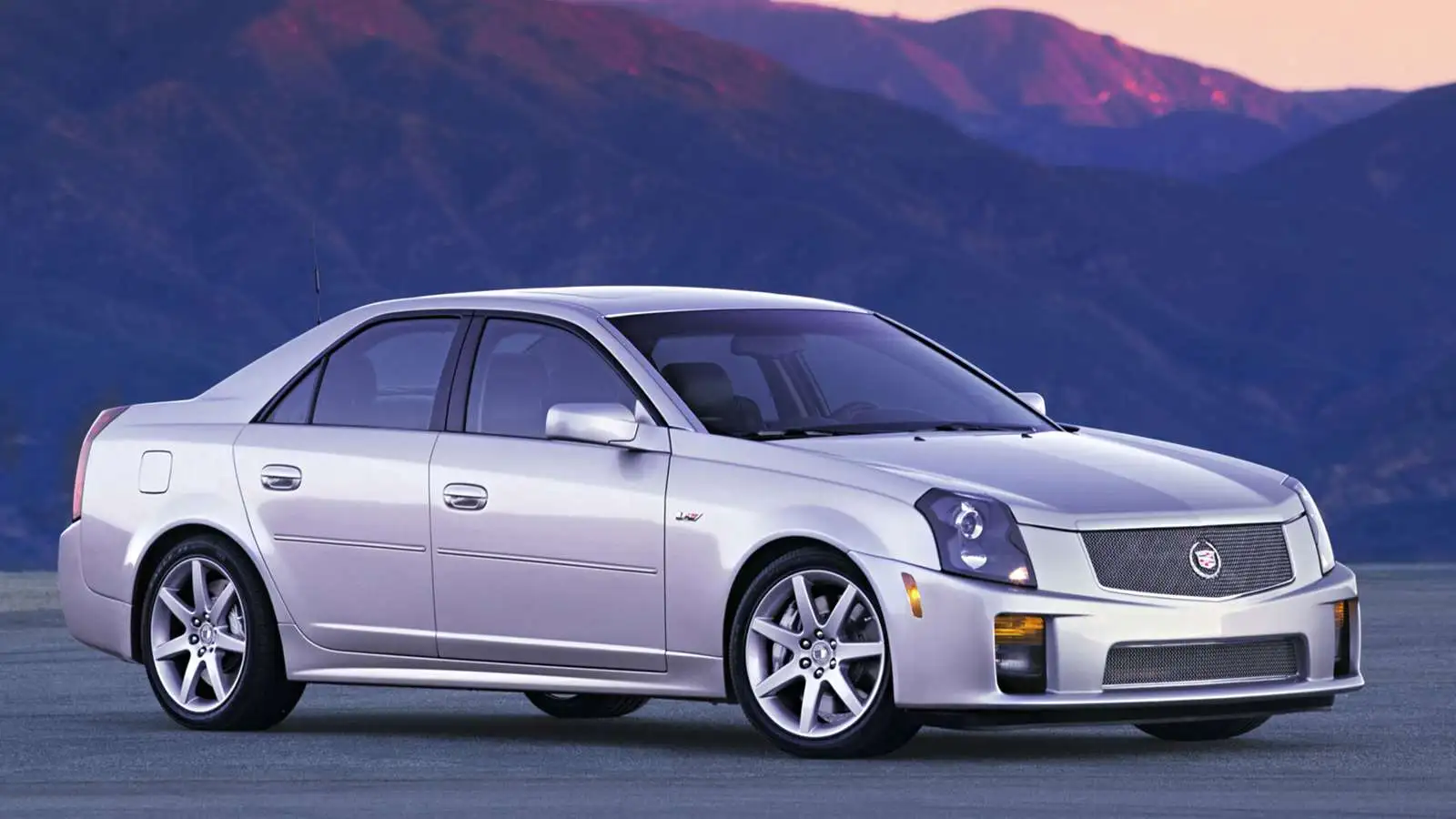

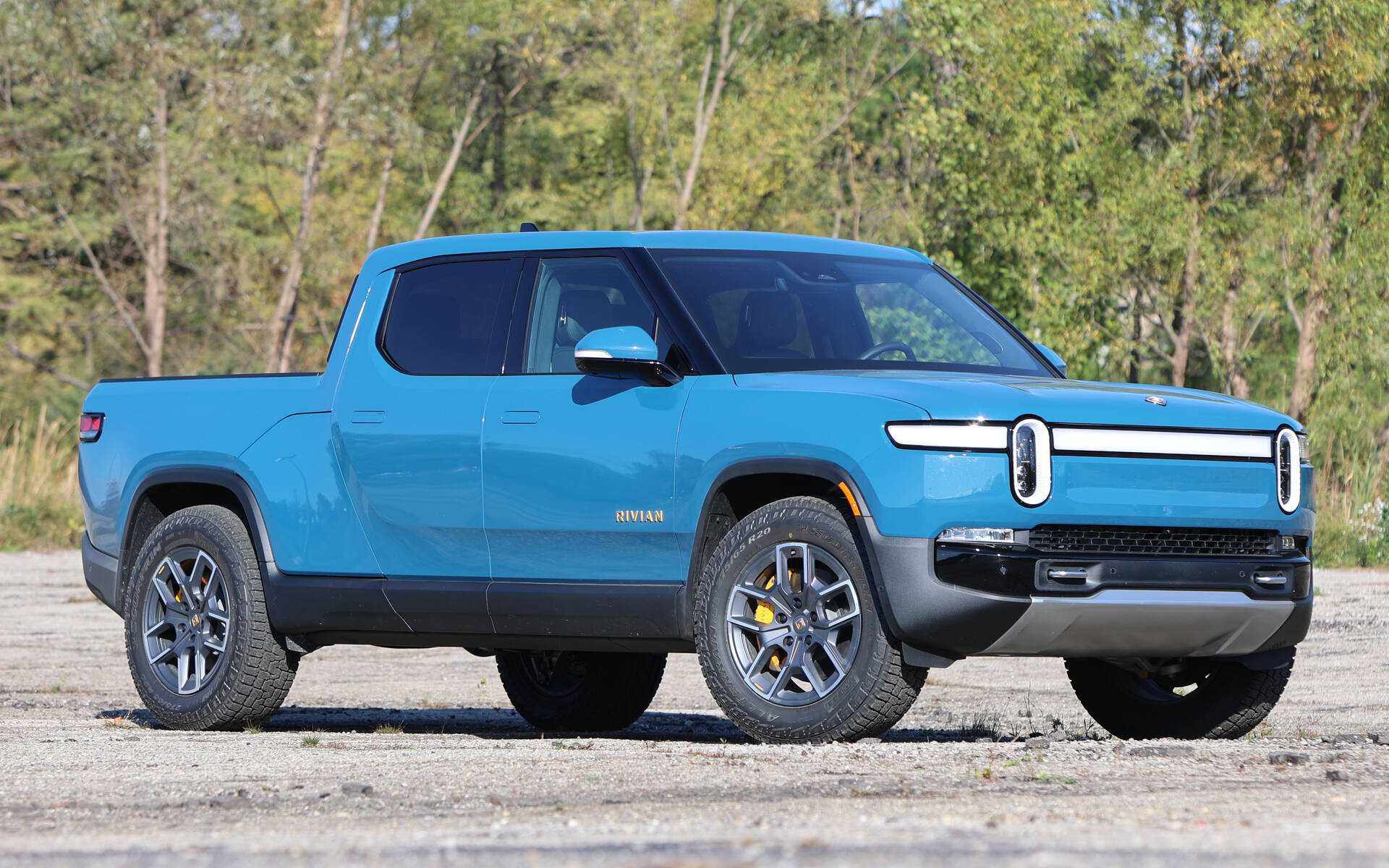

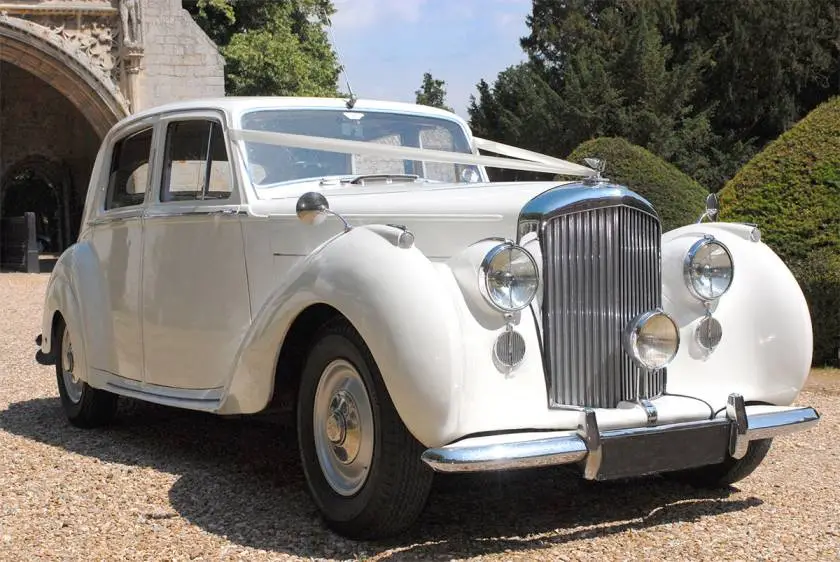
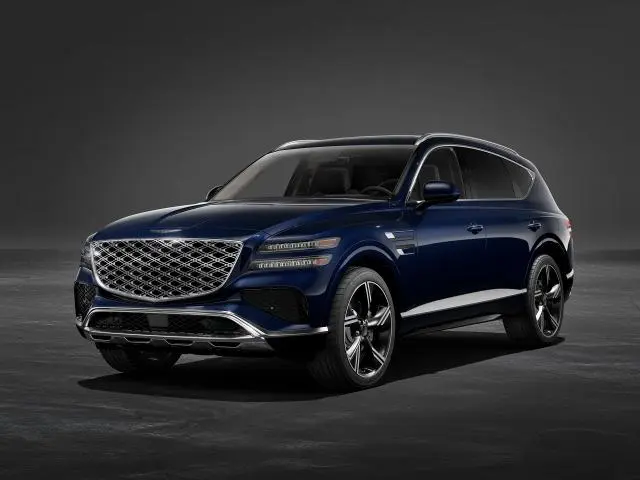

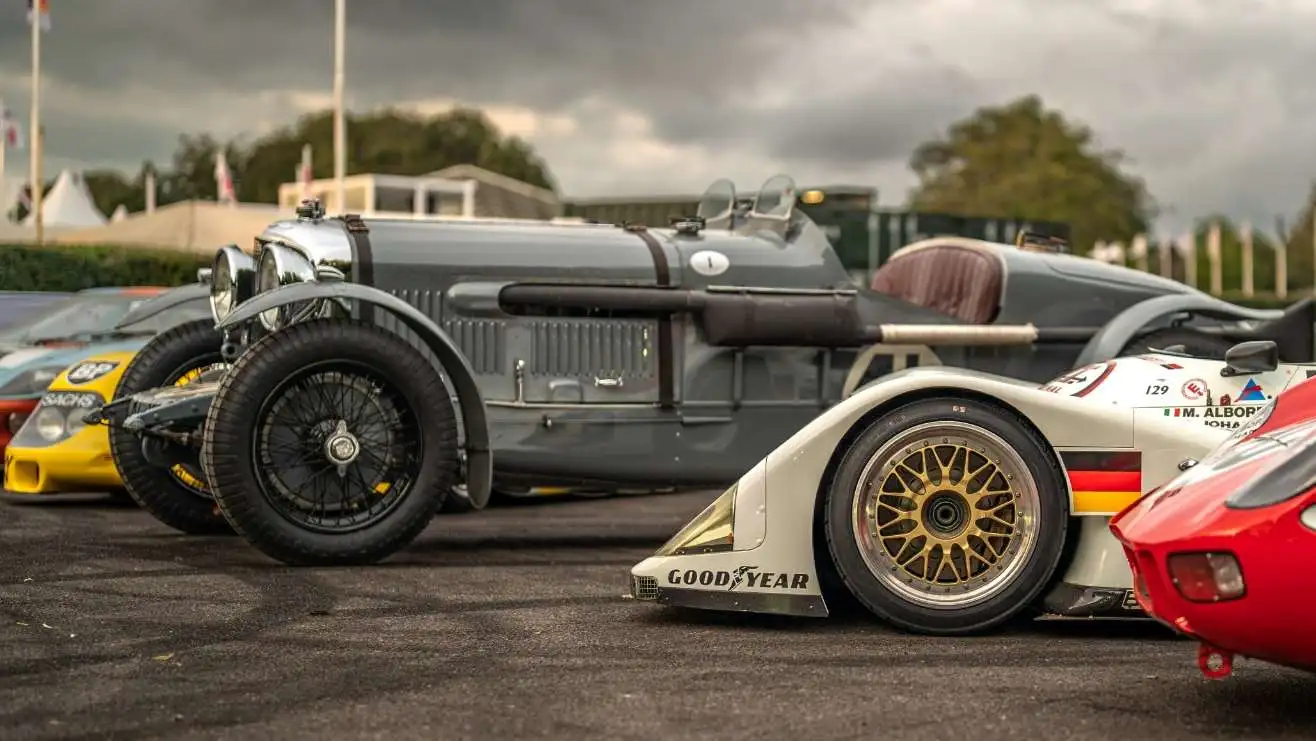
.jpg)


